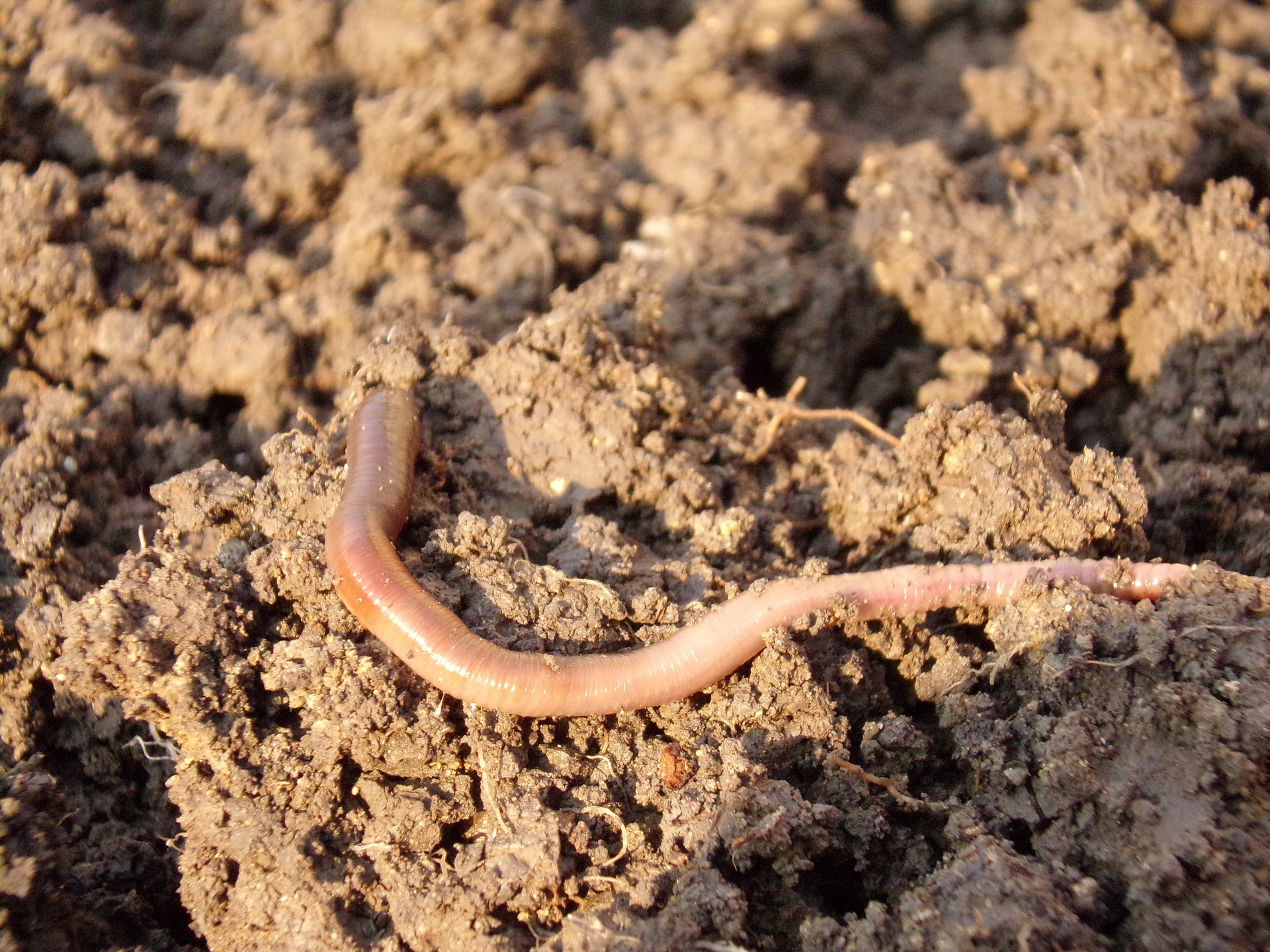
You’ve likely heard of aquaponics and indoor gardening with fish to provide extra nutrients to your plants. In fact, we just covered how to get started with aquaponics with betta fish. Vermiponics is a similar concept, except the plant nutrients come from worm waste rather than fish waste. It’s a lesser known but less expensive indoor ecosystem setup. Indoor Cultivator is going to show you the benefits of vermiponics and how you can try it yourself.
Benefits of vermiponics
Less water usage than aquaponics
When you fertilize with betta fish or other fish, you need enough water for the fish to live in, as well as the water than runs nutrients through your indoor garden. And you will need to refresh the water in the fish tank every week. Depending on the size of your hydroponic setup, you could be going through quite a bit of water. But the worms will live in soil and compost with water added to keep everything moist. The vermiponic setup uses much less water than traditional aquaponics.
More nutrients for plants
Worm castings are a known natural fertilizer. They provide nitrogen and trace minerals. In fact, even if you don’t get into vermiponics for your hydroponic garden, you can purchase earthworm castings as an organic fertilizer. Another option is to make worm tea from the castings. In this way you are utilizing the benefits of natural nutrients from worms in your indoor garden but keeping the vermicomposting (worm composting) separate from your hydroponic setup.
Great for smaller setups
Worms are quite small. Although you could make a small betta fish tank with one fish, worms are a terrific alternative for smaller indoor gardens. And aquaponics growers have found that worms work for their larger garden setups as well.
Easier than caring for fish
Fish require space and specialized food, as well as access to oxygen. Although worms also require oxygen, they utilize it more efficiently than fish, meaning they can handle equipment failures or other issues more easily. As for food, worms will eat almost anything that is biodegradable. You can use leaves, lawn clippings, manure, food scraps (vegetable or fruit), or even paper or cardboard.
So you want to be a worm farmer
Setting up your own vermiponic garden isn’t too difficult. You need some containers with drain holes on the bottom to work as the soil beds and compost piles for your worms to live in. At the bottom of the containers, beneath the soil and compost, place a layer of gravel to filter the water that comes through.These are your worm farms, where they make the nutrients and shed their castings.
Beneath the worm farms, you place containers to catch water drainage (and nutrients that come through the worm farm with the water). From there you will set up pipes like you would for similar hydroponic setups that use water storage tanks that circulate to the plants. It’s a good idea to use air stones in the water storage tanks so that harmful bacteria are kept to a minimum. Here’s a video that shows you one way to create a small vermiponic setup.
Watch Indoor Cultivator on Facebook for more helpful videos and tips for indoor gardening.
